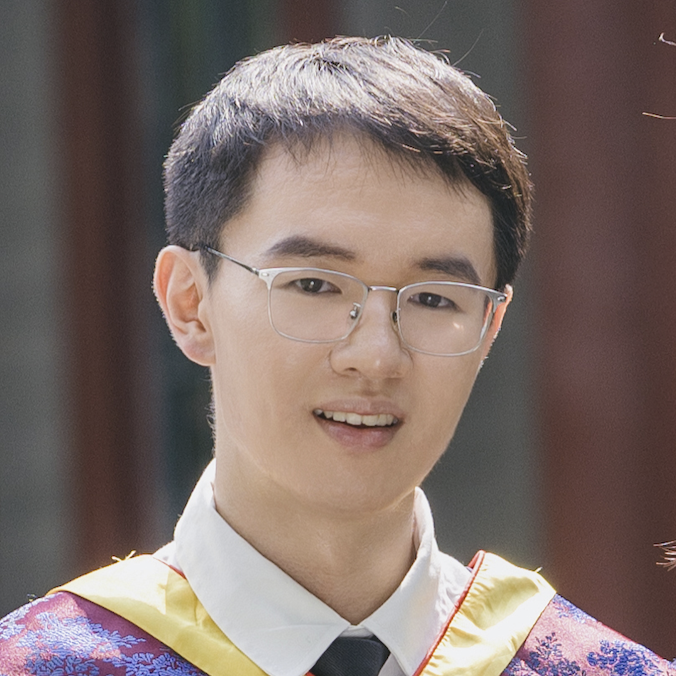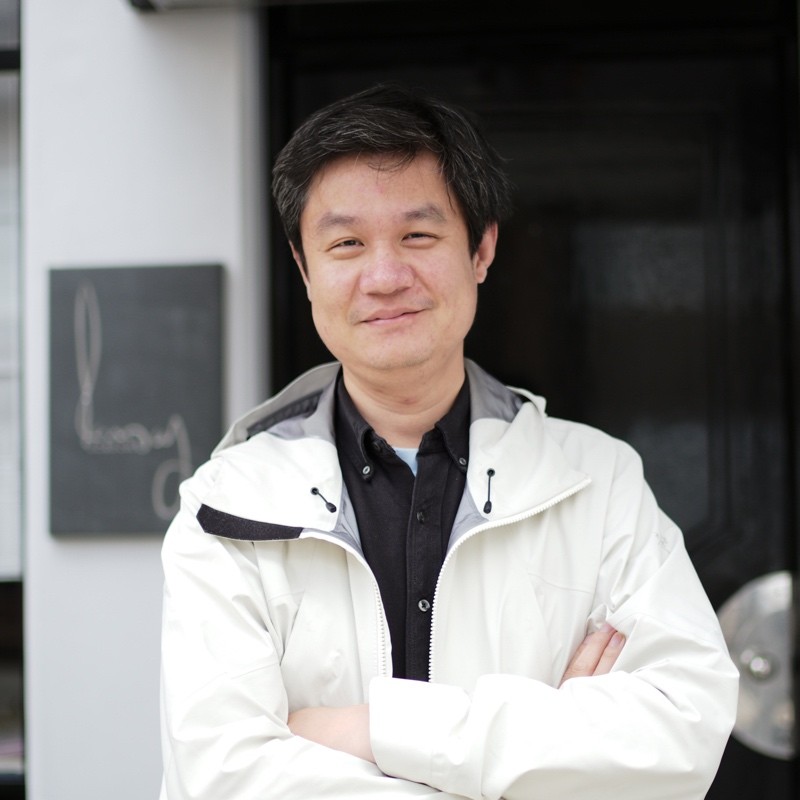Manipulation policies typically predict gripper movements in a fixed world frame, and assumes that the robot
track those movements with stability ⚖️ and precision 🎯.
This is exactly what we set out to learn with our manipulation-centric whole-body controller.
Stability ⚖️
Our controller tracks gripper movements in the world frame, instead of the body frame like most prior
works.
This means if you push the robot's body, its arm will move in the opposite direction to compensate, as seen
above.
Now that's what I call a 6 DoF chicken head 🐔!
Precision 🎯
We give our controller a trajectory of gripper targets into the future, which allows it to anticipate future
gripper movements and reach all targets precisely.
For instance, in tossing a tennisball, the robot can brace its body for a high-velocity toss, planting its
front legs into the ground to supply enough tossing force.
Meanwhile, in pushing a heavy kettlebell, the robot can mobilize all its legs, knowing that it will have to
continue pushing forwards in the seconds to come.








